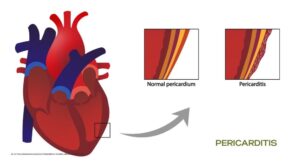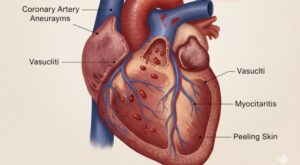Unraveling the Mystery: Female Penises & Male Vaginas in Cave Insects

In the dim, nutrient-poor caves of Brazil and Africa, certain male roles literally flipped—notably, from penis to vagina. These unusual reproductive traits emerged in a group of barklouse insects known as Sensitibillini, especially the genera Neotrogla and Afrotrogla. Here’s a deep dive into this evolutionary marvel.
What Was Discovered?
In 2014, researchers reported a remarkable finding: female Neotrogla and Afrotrogla possess an intromittent organ—a penis-like structure (termed gynosome) used to penetrate the male’s vagina-like pouch. This role reversal allows the female to physically secure the male during mating, sometimes lasting up to 70 hours.[1]
Why Did This Evolve?
The caverns these insects inhabit offer scarce nutrition. Male insects transfer seminal gifts—nutrient-rich seminal fluid—which these females depend on. To ensure they receive this vital resource, females evolved not only a penis-like organ but also spiny structures and anatomical hooks to hold males in place [2]
Independent Evolution of Traits
Molecular phylogenetic studies show that both Neotrogla and Afrotrogla separately evolved the female penis — illustrating convergent evolution driven by similar environmental pressures and mating needs.[3]
Anatomical Adaptations
Detailed investigations reveal that female penises in Neotrogla can inflate and anchor via species-specific ridges, while males evolved matching vaginal pouches, demonstrating a synchronized morphological evolution between sexes. [3]
Sexual Conflict & Co-evolution
These gender role reversals align with the concept of sexual antagonistic co-evolution—a biological arms race where male and female genital traits evolve in tandem to optimize reproductive success.[4]
Implications for Biology & Evolutionary Theory
This discovery challenges the notion that reproductive roles are always fixed. It highlights how environmental pressures, nutritional scarcity, and sexual competition can radically reshape anatomy—even in insects with ancient evolutionary roots .
Recognition & Wider Awarenes
This evolutionary phenomenon was highlighted by major outlets—Time, Wired, Reuters, and BBC—and even earned an Ig Nobel Prize in 2017 for its unconventional insights[5]
Key Takeaway
- Female penises (gynosomes) evolved independently in Neotrogla and Afrotrogla due to selective pressure in nutrient-scarce habitats.
- These adaptations facilitate nutrient acquisition, anchoring during mating, and reproductive success.
- Their evolution is a textbook example of coevolution, shedding light on how anatomy can defy traditional gender roles.
- These findings expand our understanding of sexual selection and adaptability within the animal kingdom.




